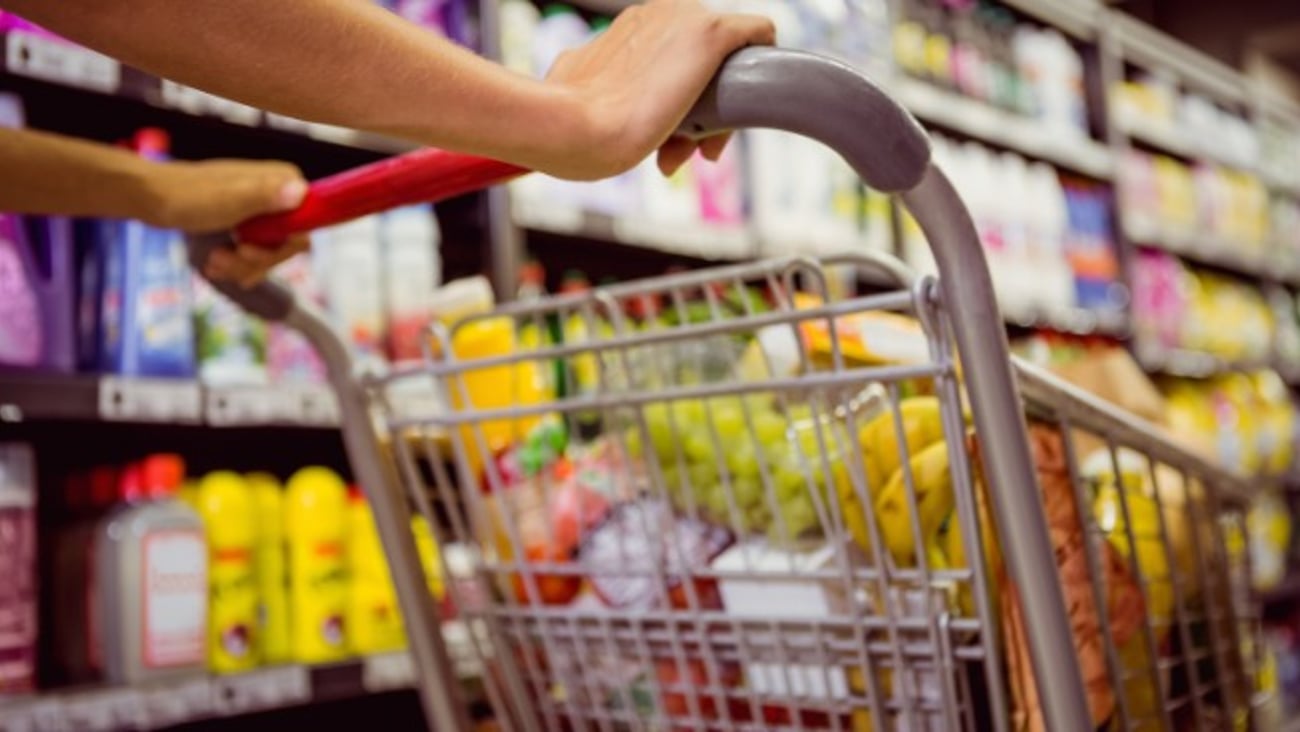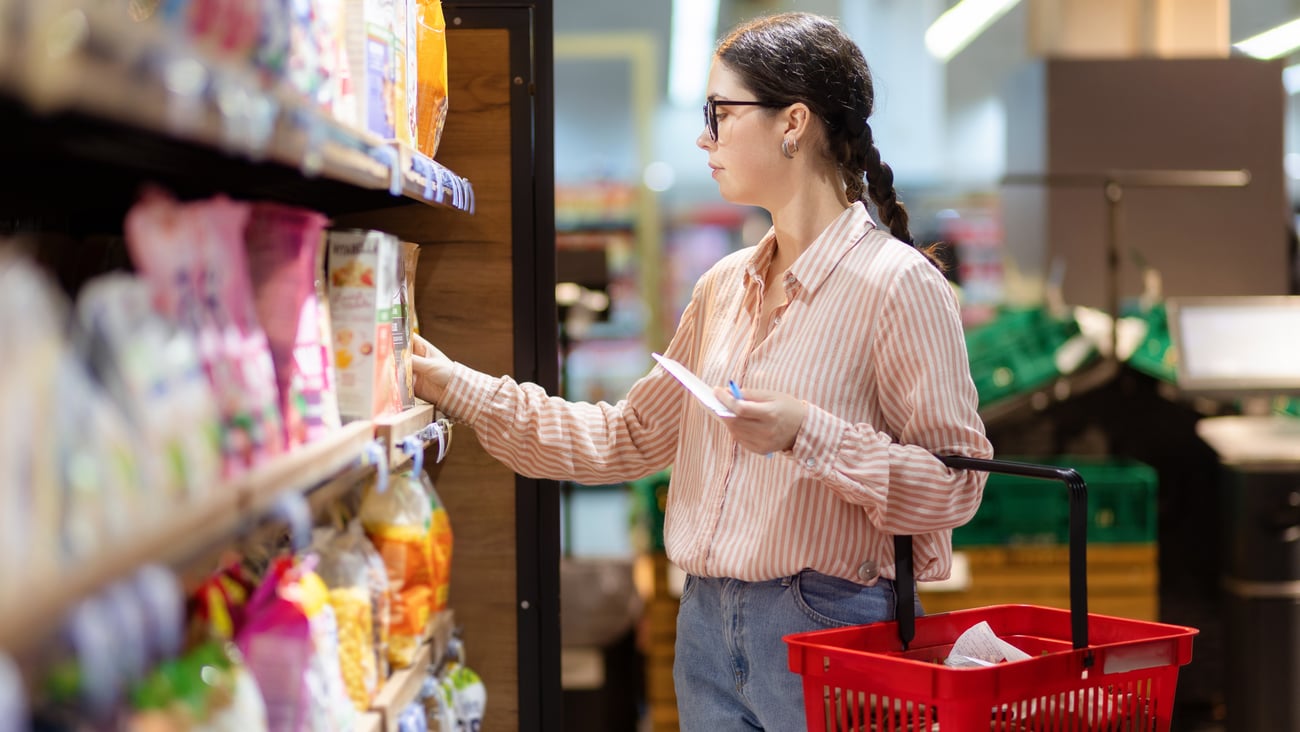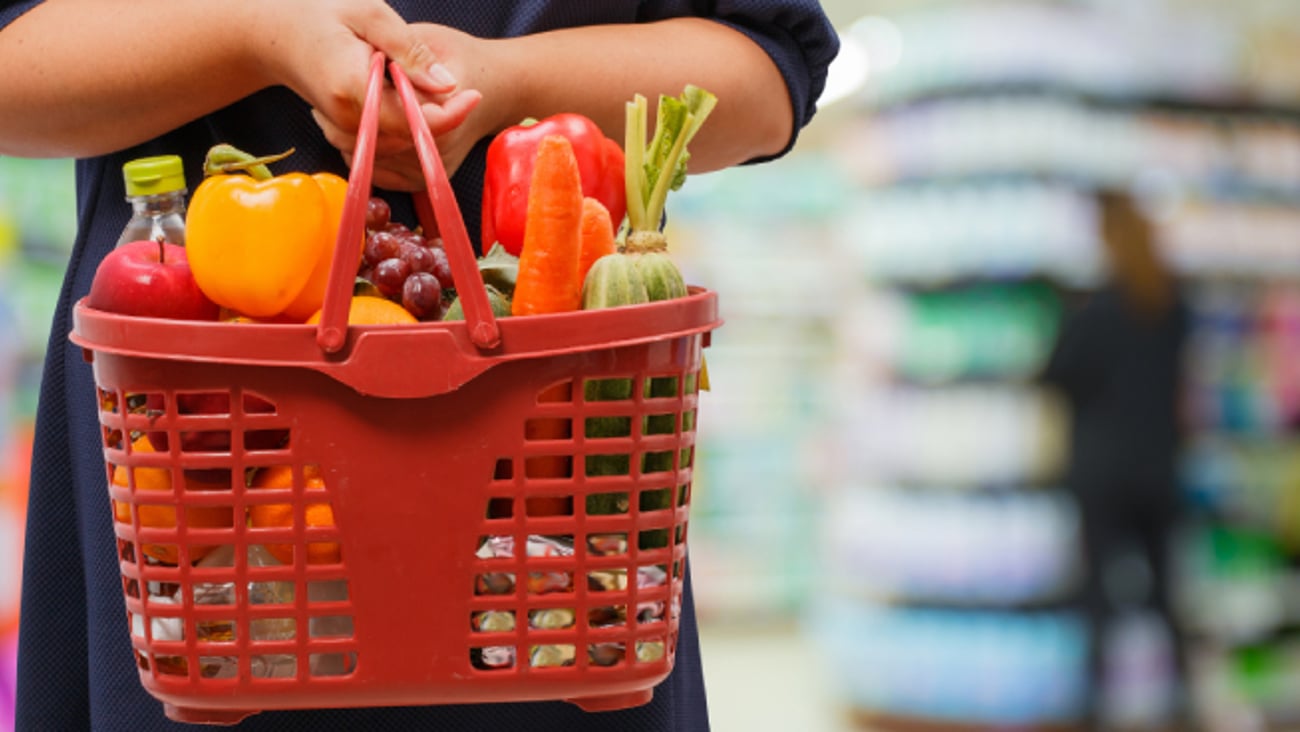Pandemic leads to shift in snacking habits
How Canadians eat and drink continues to change and evolve, particularly as we retreat into our homes with government regulations, restrictions and public health guidance continuing to limit our daily movement.
During the pandemic, many consumers re-connected to home life as a place of refuge, comfort and belonging. In tandem with this re-connection has been the re-prioritization of meals as pillars to define our days.
But, the question remains: “Has the shift to meals impacted Canadians’ daily snacking habits?”
The answer is, yes.
Though the ‘snackification’ of Canadians’ eating routines has been well-documented for nearly a decade, we often forget that the rise of snacking can be directly correlated to the de-prioritization of meals, as Canadians gravitated to less cumbersome, less work-intensive and more flexible approaches to eating and drinking.
As we find ourselves 10 months into the pandemic, our snacking behaviour, while still robust, has softened when compared to the early pandemic days in 2020 and the pre-pandemic period during 2019.
While snacking remains a huge behaviour, with more than two-thirds of consumption occasions in an average day continuing to occur outside or in-between meals (at snack), the retreat from snacking has impacted consumers’ choices and the performance of related categories.
Snacking defined
At Ipsos, the FIVE consumption tracking study (it has been in the field every day since 2013, tracking eating and drinking behaviour amongst 24,000 individuals aged 2 and over) defines the snacking universe according to consumers’ reporting of what they ate or drank by time of day and occasion.
The food and beverage items consumed outside traditional meal occasions are grouped together and these ‘snacks’ are evaluated by three distinct segments: traditional snack goods (e.g. fresh fruit, potato chips or chocolate) vs. non-traditional snack foods (e.g. pizza, sandwiches, chili) vs. beverages.
Rise of daytime snacking
Even today, snacking habits continue to shift as we settle into winter routines, with increasing snacking rates during morning and afternoon occasions. While ‘eat rate’ increases can be traced to kids’ being at school, there is also a considerably large cohort of adults that continue to work from home—wearing out the path from home office to pantry—to meet increasing daytime needs/demands for energy, mental well-being and grazing.
Increased daytime snacking at home has resulted in more fresh produce snacking (though potato chips remain strong), particularly when compared to the pre-pandemic period. Fewer carried-from-home occasions and less requirement for portability is having an impact on cookies, crackers and granola bars.
The increase in daytime snacking habits has put pressure on the evening occasion; with evening eat rates for snacks declining when compared to early pandemic days.
The snacking pantry
The pandemic era has certainly re-invigorated Canadians’ use of the pantry, particularly among families with kids. According to Ipsos findings, almost two-thirds of family shoppers report that they will continue to pantry-load even after lockdown restrictions have ended.
New stockpiling habits are also impacting how consumers define convenience, with a growing share of individuals reporting that having items on hand is a key factor in making the snacking event both easy and accessible.
It is also important to note that the third most reported item identified as a ‘grocery essential’ among a diverse cross-section of food and beverage options was snacks. Interestingly, their importance as an essential ranked ahead of several ‘hard to find’ options coveted in the early pandemic days, such as baking goods.
The role of the pantry will likely remain ‘top of mind’ important as we head into the back half of 2021 and more of us venture outside. In our latest FIVE data release (October 2020), carried-from-home snack occasions increased considerably when compared to spring rates, though they remain lower than reported in 2019.
Evolving needs drive choices
Undoubtedly, our in-home cocooning and discovery of new routines, new schedules and new ways to entertain have exposed new consumer tensions. Even during ordinary times, many of us struggle to balance work, family and social responsibilities. These struggles have been amplified by both the health pandemic and our new homebound status.
Beyond ‘point of entry’ needs—hunger, thirst, gap fill and convenience—that motivate snacking choices, there is a growing focus on meeting mood needs (e.g. comfort, stress relief and relaxation) and opting for healthier guilt-free choices, nurturing and nostalgia.
In their continuing quest for healthier snacking options, Canadians are moving beyond simply focusing on nourishment and nutrient intake. They are increasingly prioritizing emotional well-being and focusing on metabolic benefits, such as digestion, weight management, boosting immune systems and beauty health, to name just a few. The rise of personal health spaces provides huge growth opportunity.
Post-pandemic snacking
As we move through the balance of the pandemic era, there will be undoubtedly more shifts and changes as consumers respond to their environmental circumstances.
Beyond evaluating current changes, it will also be critical to identify the legacy impacts of our cumulative confinement experience to determine what impact they will have on consumer snacking habits, as well as category and brand choices. Integrating these factors into future planning will be an important dynamic in shaping the snacking path ahead.




